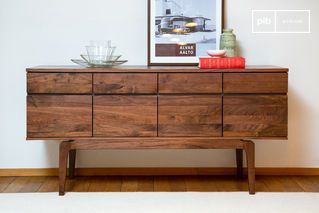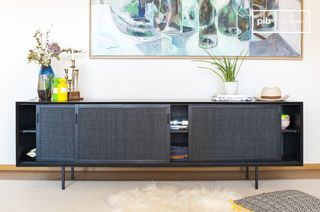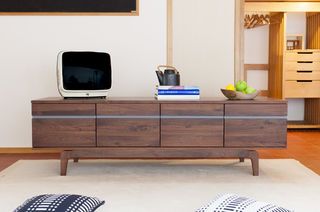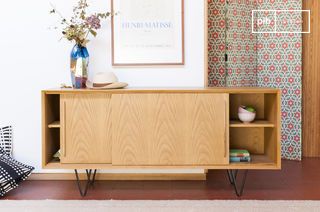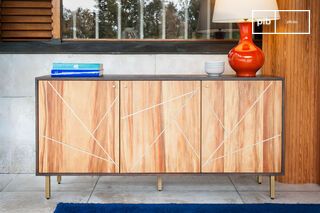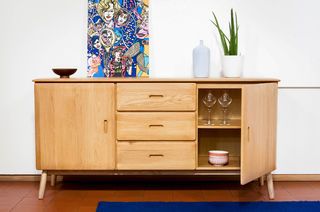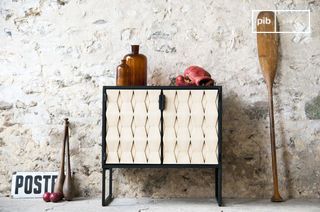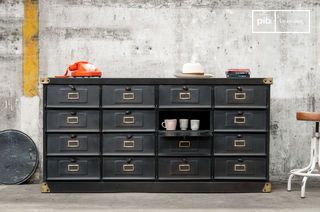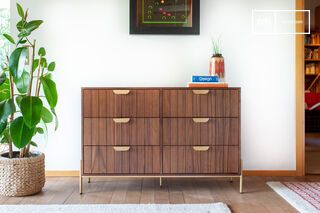Dining room sideboards
Dining room sideboards complete the dining space with stable, accessible horizontal storage. Placed against a wall, they can be used to organize crockery, glasses, linen or accessories. The choice of format depends on the size of the room, but also on the proximity of other fixed elements: table, chairs, openings. This category includes models designed to accompany the daily use of the dining room, without disrupting circulation or unbalancing the reading of the space.
read more >Filters
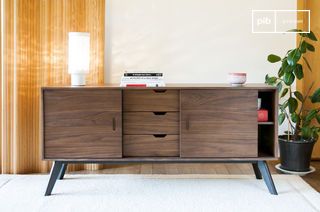
Walnut buffetHinda
£1315
10 festive days
10% off our tables and consoles
Welcome your guests in style · Limited stock

The functional role of a dining room sideboard
A dining room sideboard is designed to hold the elements needed for a meal, while remaining within reach without overloading the table or other surfaces. It's generally a low piece of furniture, varying in width according to the configuration of the room. Internal modules hold crockery, cutlery, table linen and occasional accessories (candleholders, serving dishes, decanters). The purpose of this arrangement is to reduce movement and facilitate preparation. The piece of furniture is often placed in direct proximity to the table, but without obstructing the opening of the doors or circulation around the seats.
Size typologies, access and finishes
The dining room sideboard can be with hinged, sliding or flap doors. Some models combine several types of opening, depending on the level of clearance and the height of the modules. The upper shelf can still be used for everyday objects or decorative elements, as long as it does not impede access. Finishes depend on the overall style of the room: solid wood or veneer for warm environments, painted or lacquered MDF for more neutral or contemporary ambiences. Handles can be visible or integrated, depending on the desired formal expression. The base can lighten the unit or accentuate its stability, depending on the height chosen.
Aggregation and coherence with existing furniture
The dining room sideboard fits into a logic of visual continuity with the table, chairs and lighting fixtures. A link of material or shade is often sought, without imposing a dense effect. The sideboard can be used to balance the composition of an empty wall, or to create a transition to another function (living room, adjoining kitchen). Its placement should take into account circulation routes, natural light and the actual daily use of the furniture. In a multifunctional room, it can also act as a discreet boundary between two zones without physical partition.
Designed to meet the specific needs of the meal and its immediate environment, the dining room sideboard provides a service function while structuring the volume. Its shape, material and layout contribute to the overall balance of the room without encroaching on its use.
Dining room sideboards are designed to meet the specific needs of the dining room and its immediate environment
